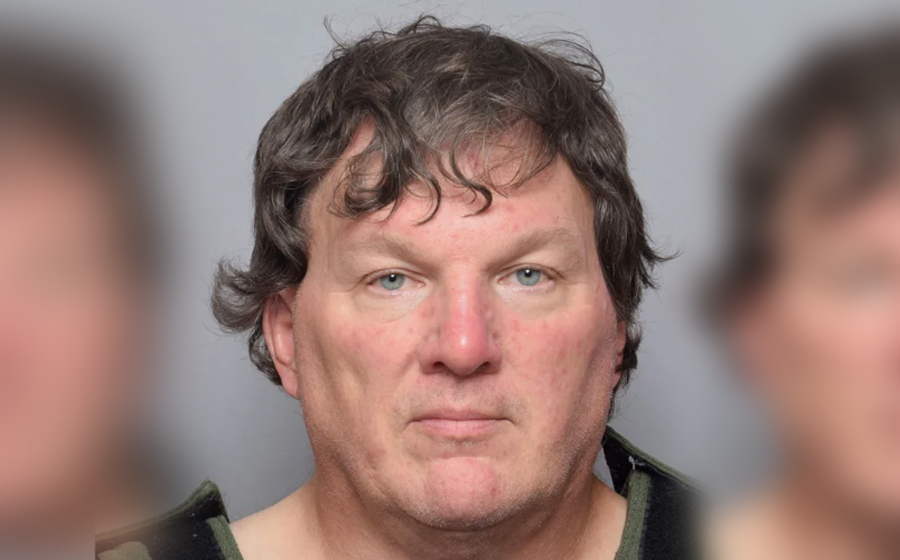
BABYLON, NY – A Suffolk County judge has ruled that advanced DNA evidence will be admissible in the upcoming trial of Rex Heuermann, the accused Gilgo Beach serial killer. The decision marks a turning point in one of Long Island’s most infamous murder cases, strengthening the prosecution’s ability to link Heuermann to seven women whose remains were found between 1993 and 2010.
Judge Timothy Mazzei ruled that DNA obtained through whole genome sequencing is scientifically valid and will be allowed at trial. Prosecutors used this advanced method because traditional DNA testing could not analyze rootless, degraded hairs recovered from six of the victims.
Defense attorneys challenged the lab’s licensing and statistical methods but the court found the evidence reliable. The decision is considered a major victory for prosecutors, who will now present genetic material tying Heuermann to multiple victims.
Summary Snapshot
- DNA Ruling: Whole genome sequencing from degraded hair samples ruled admissible.
- Why It Matters: This is the first time New York courts will use this technology in a criminal case.
- Case Background: Heuermann is charged with killing seven women, including the “Gilgo Four,” discovered along Ocean Parkway in 2010.
- Evidence Sources: DNA, cell tower data, financial records, internet searches, and discarded food items.
- Next Hearing: September 23, 2025 – to address whether charges will be tried together or separately.
- Trial Date: A trial start has not been officially set; proceedings could begin in 2026 after pre-trial motions.
Broader Case
- Arrest: Heuermann, a Massapequa Park architect, was arrested in July 2023 after a multi-agency investigation revived the cold case.
- Charges: He faces murder charges in the deaths of seven women, including the Gilgo Four – Melissa Barthelemy, Megan Waterman, Amber Lynn Costello, and Maureen Brainard-Barnes – whose bodies were discovered in 2010.
- Evidence: Investigators built their case with a combination of DNA, cell phone records, financial data, online activity, and surveillance, even connecting DNA from Heuermann’s discarded pizza crust and soda can to crime scene evidence.
- Funding: In March 2025, prosecutors secured $13 million in federal funds to support the complex prosecution.
Why the DNA Ruling Matters
The case represents the first use of whole genome sequencing in a New York criminal trial. Experts say the ruling sets a precedent for using cutting-edge forensics when evidence is degraded or incomplete. It could open the door for broader use of advanced DNA in cold cases across the state.
What’s Next
The next court hearing is set for September 23, 2025, when the judge will decide whether the murders will be tried in a single trial or multiple proceedings. A firm trial start date has not yet been scheduled, but legal experts suggest jury selection may not begin until sometime in 2026, given the complexity of the evidence and ongoing defense motions.
Gilgo Beach Case FAQ
Who is Rex Heuermann?
Heuermann is a 60-year-old architect from Massapequa Park, New York. He was arrested in July 2023 and charged with murdering seven women whose remains were found along Ocean Parkway near Gilgo Beach.
What DNA evidence was admitted?
Investigators recovered rootless hairs from six of the victims. Standard DNA testing could not analyze them, so prosecutors used whole genome sequencing to develop matches.
Why is this technology significant?
This is the first time in New York that whole genome sequencing will be used in a criminal trial. It’s a breakthrough for cases where only degraded samples are available.
What other evidence ties Heuermann to the crimes?
Beyond DNA, prosecutors cite cell tower records linking his phone to key locations, suspicious internet searches, financial activity, and DNA recovered from discarded food items linked to him.
What victims are included in the case?
The indictment includes the “Gilgo Four” from 2010 and additional victims from earlier cases, bringing the total to seven women.
Has Heuermann confessed?
No. Heuermann has pleaded not guilty to all charges and remains held without bail.
Why did the investigation take so long?
The murders remained unsolved for years due to the difficulty of analyzing evidence and the complexity of the case. New forensic tools and a reinvigorated task force in 2022 helped break it open.
When will the trial begin?
No official trial start date has been set. The next hearing is scheduled for September 23, 2025, and the trial itself may begin in 2026, depending on pre-trial motions and scheduling.
Could there be more victims?
Authorities have said the official investigation is closed at seven victims, though the Gilgo Beach area has long been associated with additional unsolved cases.
Why is this case significant nationally?
The Gilgo Beach killings shocked the nation in 2010 when multiple bodies were discovered along a desolate stretch of Long Island. The case is often compared to other infamous serial killer investigations because of its scope and the long path to identifying a suspect.


